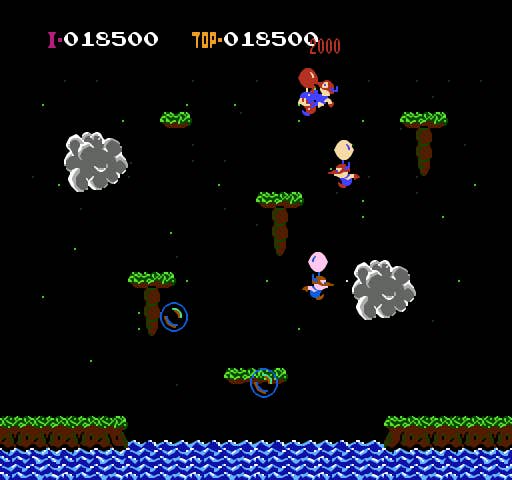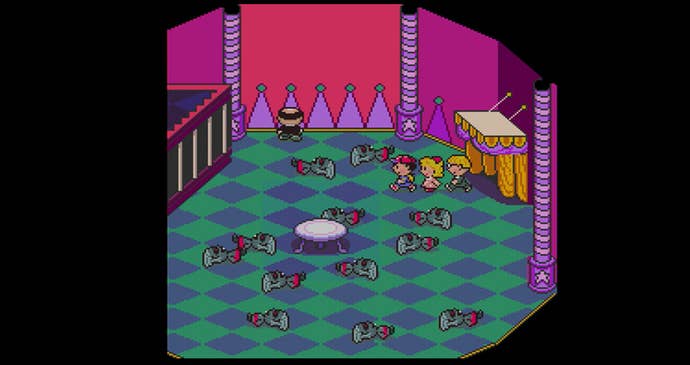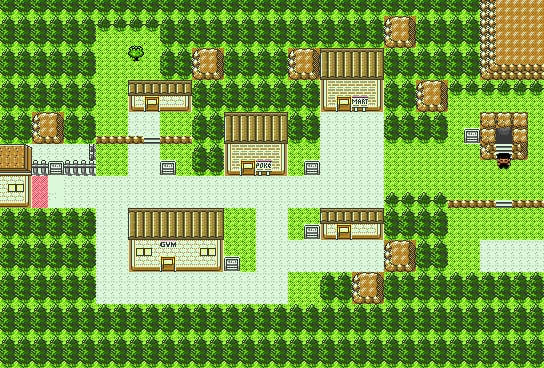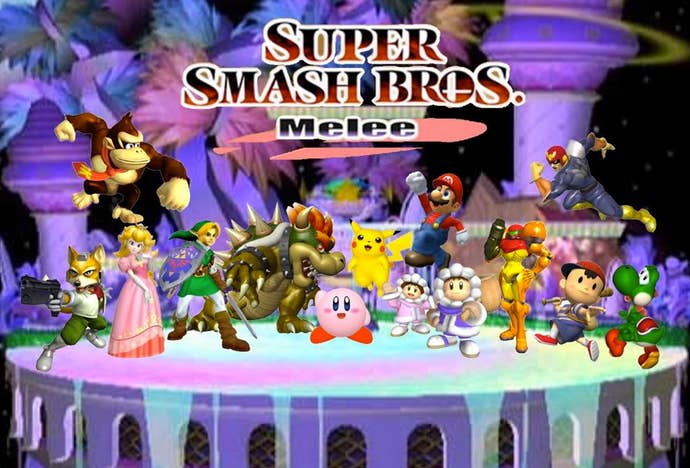Legendary Resume: Games That Owe Their Existence to Satoru Iwata
President Iwata's basic love for video games was responsible for some of the industry's best titles.
This article first appeared on USgamer, a partner publication of VG247. Some content, such as this article, has been migrated to VG247 for posterity after USgamer's closure - but it has not been edited or further vetted by the VG247 team.
The untimely passing of Nintendo president Satoru Iwata is a jarring reminder that Death doesn't play fair. It steals up and grabs its quarry whenever their time is finished -- even if the deceased is a relatively young and well-loved person who still has immeasurable amounts of talent and insight to pour into the industry he worked for.
Iwata was a rarity: An executive who wasn't afraid to roll up his sleeves and get involved with the nitty-gritty of game design if the situation called for it. Of course, the situation often did call for it, since game code is a barely-tamable animal.
It's not an exaggeration to say Iwata saved the lives of several now-classic games that were in grim condition because of programming issues or ideas that simply wouldn't gel.
Some of the titles Satoru Iwata made significant contributions to include:

Balloon Fight (1985)
One of the earliest titles engineered for the Famicom / NES, and probably Iwata's best-known work. You zip around the screen with the aid of helium balloons attached to your back (kids, don't try this at home) and attempt to knock out the Tengu-like enemies that flit around your territory.
Though it's obviously inspired by 1982's Joust, Balloon Fight is thoroughly its own bird with its own weight, physics, and the addition of an infinite "Balloon Trip" game mode. In 2012, Iwata appeared on Arino's video game show Game Center CX to play Balloon Fight and talk about its history. Even then you could sense the pride he still had in his work.
Mario Open Golf / NES Open Tournament Golf (1991)
Iwata was one of the lead programmers on NES Open Tournament Golf (Mario Open Golf in Japan), which adds a good deal of color and content to Nintendo's 1984 attempt at digital golf, the simply-titled "Golf." NES Tournament Golf's abundant content provided a compelling argument for staying with the Famicom for a little bit longer, even though the Super Famicom and SNES was already on store shelves by the time it was released.

Kirby's Dream Land (1992)
Though uncredited, Iwata has a hand in the creation and subsequent rise of Nintendo's roundest, pinkest mascot (though Kirby was initially ghost-white, given he was born on the Game Boy). Iwata was president of HAL Laboratory when he suggested the team ought to work on a game everyone can enjoy, regardless of their skill level -- a philosophy he subscribed to for the entirety of his time as a developer and as the president of Nintendo.
Iwata also dropped a bombshell at GDC 2011: Kirby had almost been named "Tinkle Popo." A decision was made against that name, and that decision was a good one.

EarthBound (1994)
EarthBound tells one of gaming's most beloved stories, but as far as video games are concerned, there's no story if there's no picture. EarthBound was beleaguered with troubles that nearly killed the project, not the least of which was project manager Shigesato Itoi's inability to make the map scroll properly. Iwata essentially said, "Here, let me see that," and fixed the problem. The rest of the game came together shortly thereafter.
So next time you guide Ness and his pals through cities and across the deserts, oceans, primeval swamps and into the dark folds of a crazy dimension that shouldn't exist, spare a thought for Satoru Iwata. He helped Ness find his footing.

Pokémon Stadium (1998)
The original Pokémon Stadium for the N64 wasn't released in North America. The Pokémon Stadium we received was actually Japan's Pokémon Stadium 2.
In either case, Iwata managed to port the battle code for Pokémon Red and Green (Pokémon Red and Blue in North America) to Pokémon Stadium within a week. Another epic instance of "Here, let me see that" from Iwata.

Pokémon Gold and Silver (1999)
While there are Pokémon fans that will punch you in the mouth for suggesting the series is worth playing beyond the original generation, few will argue that 1999's Pokémon Gold and Pokémon Silver for the Game Boy are a high point for Pikachu and his pals. For one thing, players were blown away by the fact they could re-visit Red and Blue's Kanto region after finishing up in Gold and Silver's Johto region.
Again, Iwata is the man to thank for Gold and Silver's epic scale. He devised a way to stuff twice as much content into the game, effectively letting you go home again to challenge old rivals after mopping the floor with Johto's Gym leaders.

Super Smash Bros Melee (2001)
In 2000, Iwata became the head of Nintendo's corporate planning division, effectively submerging him in the corporate side of video games. Despite his new duties, he loaned his programming prowess to Super Smash Bros Melee when it became clear the game wasn't going to meet its deadline.
Much of the work he did revolved around debugging, which is the industry's most basic and tedious task. Nevertheless, he was reportedly happy to be "back in the trenches."
Thank you for everything, Iwata.

